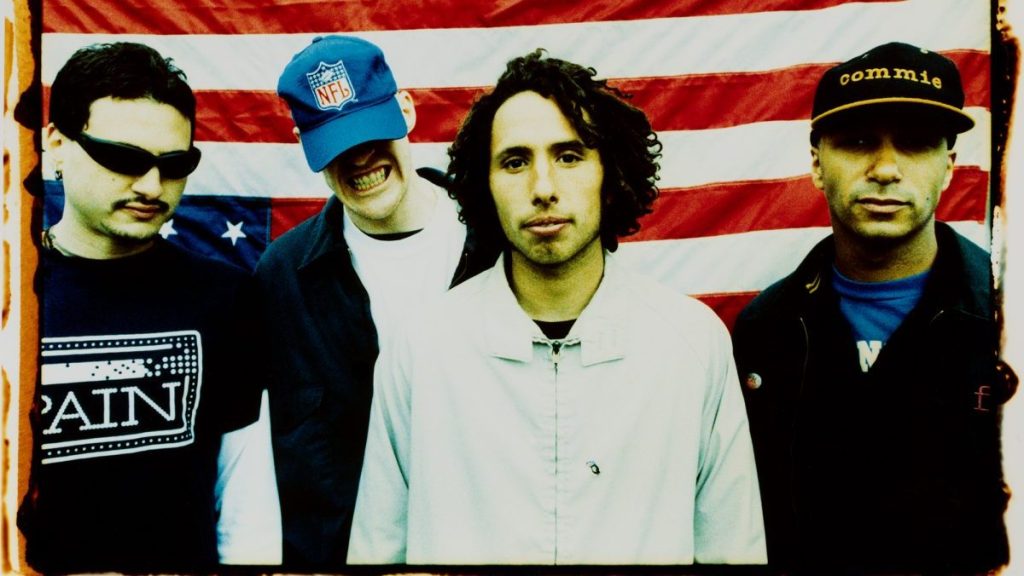Balearic techno, a style of dance music born on the tropical shores of Ibiza, is optimized for going out of your mind on the dance floor, oblivious to everything but the rhythm.
That could be why Polish cybersecurity researcher Krzysztof Szczypiorski saw club music as the perfect genre to serve as a vehicle for Morse code-like messages, hidden in nearly imperceptible changes in tempo. Basically, he turned tunes that were designed to put people in a druggy trance into a method of sending secret messages across an entire open-air beach rave, without most people noticing what they’re really listening to.
Videos by VICE
The basic system is this: just like Morse code, letters are ascribed a dot-and-line series, but the “dot” is a slight increase in tempo, and the “line” is a slight decrease. By modulating the tempo ever so slightly, an entire sentence can be communicated over time. To decode the messages, you could use an algorithm that analyzes the beats per minute or simply listen very closely, if your ear is finely tuned enough.
“For the live mixing it is just usage of tempo slide on the DJ controller—limited only by manual skills of a DJ”
“It is very easy—it is just tuning the tempo which is visible as a curve in [Digital Audio Workstations like Logic],” Szczypiorski wrote me in an email. “The shape of this curve could be changed by a mouse and follow adopted Morse mode or any coding scheme. For the live mixing it is just usage of tempo slide on the DJ controller—limited only by manual skills of a DJ.”
In a paper published on the arXiv preprint server, which hasn’t been peer reviewed, Szczypiorski describes two experiments with the system, which he called StegIbiza, after the technical term for hiding messages in other media, steganography. In the first experiment, twenty people—half of which had musical backgrounds—listened to dance music that Szczypiorski had manipulated to contain messages. When the tempo was changed by less than one percent, “none of them could identify a difference in the audio,” he wrote.
The second experiment is sure to be a bit more familiar to people who actually enjoy Balearic dance music: Szczypiorski DJ’d an open-air summer party with about 70 people in attendance. He reported similar results to the more controlled first experiment, but wrote that after he manipulated the tempo too much, the experiment had to stop “because the rest of the party did not care about the music.”
For all of his expertise, it looks like Szczypiorski didn’t know that there’s nothing worse than a DJ who just won’t stop screwing with the tempo.
It’s worth noting that music steganography is a very old practice, and Szczypiorski points out in his paper that hiding messages in musical compositions and scores goes back at least 500 years—but not with club music, which is way more fun than whatever the kids were bumping when people were still drilling into skulls to cure bad humors.
Next time you’re at a rave, keep a keen ear out. The DJ might just be trying to send you a hidden message.
More
From VICE
-

Photo: FG Trade / Getty Images -

Taylor Hill/Getty Images for Blackbird Presents and Live Nation

